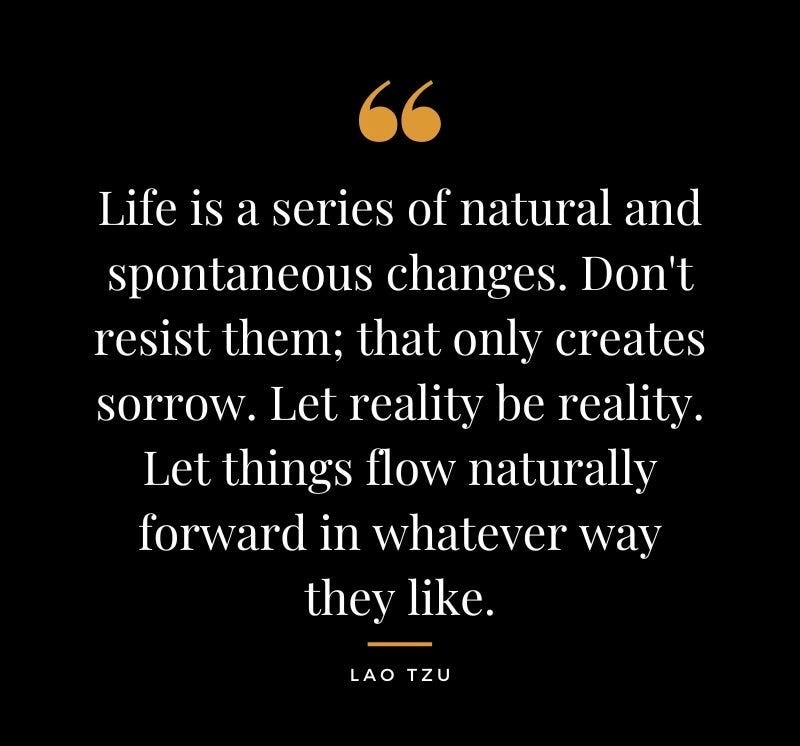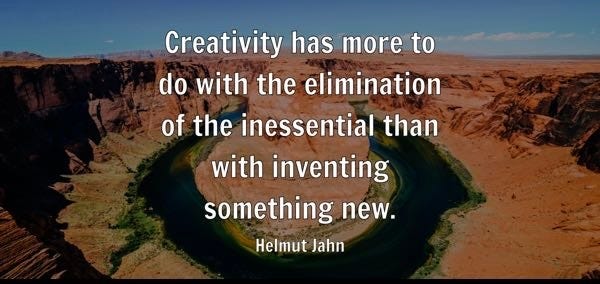Wisdom
All wars are first fought in the mind. Therefore, it is in the mind that all wars must first be won. The wars I mentioned here are not between people and nations, but within ourselves.
Thus the human condition comes with a boon and a curse: We have the boon of choosing and the curse of the conflicts that we must face when we have many choices. Whenever there is a conflict in the world, human beings have to realize that there is no such thing as a conflict in reality. All conflicts reside in the content of our own mind. The summer has no conflict with the winter. Only the mind that gets conditioned by the warmth of summer resists the winter. The leader has to be deeply Self-aware to see that all conflicts start in the mind-space.
Conflict arises when a mind is reluctant to get out of its entrenchment in a familiar way of life. In general our minds are wedded to to an established order. Whenever that order is threatened, the human mind enters into conflict with itself.
The agitated mind is a mob of thoughts and emotions. At any point in time thoughts swarm across the mental space like bustling crowds in a metropolis.
What happens when the mind behaves like an unruly mob? It looses it power to act wisely. When the mind is unruly and indecisive, the body follows through non/action. When the mind behaves like a mob there are countless mutinies going on within it. In such a condition, within the human mind the battle rages between forgiveness and anger, valour and and cowardice, faith and doubt and between happiness and grief. In the war-torn mind, the will to act ceases to function. Will is the energy source of all our actions. When a leader confronts turbulence his will to take decisive action is seriously impaired by an irresolute mind.
The energy of our will has to be freed from the confusions and conflicts of the mind. The flow of will is is possible only when the mind is free from the throes of reaction. A leader whose will is crippled becomes a victim of self-doubt. His fragmented mind functions like a surface waves of a stormy ocean. Such a mind is unable to reflect the depths of the still ocean. The mind in conflict is like those raging waves that obscure the will that lies buried in the depths of our psyche.
When we are fragmented, our brain is unsteady and the nervous system is tensed, our emotional composure is thrown out of balance. When most of the leaders are caught in crisis within an organization, they express their own inadequacy through, worry, impulsive behavior, and unsteady will. Think of those leaders heading institutions that were torn apart in crisis, or of those autocratic rulers who were barely hanging onto their thrones in utter desperation!
Our ancient wisdom across various cultures teaches us the art of rising above the turbulence of the mind. The wisdom urges us to look at our minds and know it. You can’t look at something or know something you are separate from the phenomenon that you are looking at or wish to know. You can’t look at your own eyes when you are looking through them. You have to separate from the phenomenon that you wish to see or know before you can truly know it. The wisdom will clarify to us that our restless mind must be the object of our knowledge. To lean any organization or situation, objectively in dealing with one’s own mind is a crucial virtue. Leaders can acquire this objectivity only when they know how to bypass their ego when they are dealing with their own mind.
One will need to distance and detach himself from his own ego, which is preventing him from knowing his own mind. It is all about transformation: a change of mind and heart.
Very often the transformation of leaders happen during a crisis. The ego cannot deal with the threats to its own continuity; it cannot embrace discontinuity in its habitual storyline.
To look beyond the ego is to embrace discontinuity. Life moves on discontinuous you; the ego struggles to hold back. Life is multidimensional. Ego is personality centered and one-dimensional. Life is timeless and free-flowing. The ego is conditioned by time, space and personality.
By embracing discontinuity leaders reinvent the future. The future is often discontinuous with the past. Past forms perish; old relationships fade away. Life continuously renews itself through the birth of new forms.
A true leader practices the art of voluntary elimination. He knows what activities-physical or mental-must be given up so that organization becomes more productive. A new organization is born in the womb of the old organization. A new generation of new recruits is forever striving to replace the old generation. It’s a war of sorts; a clash of perspectives and worldviews. This kind of a war is inevitable, we can’t shy away from it.
Nations have evolved through war. War is the price they have paid to buy peace. But wars have awakened the hidden energies and potential of people in many parts of the world. They have actually made the quest for peace and stability much more intense in these nations. Organizations are no different. In order to sustain the long run, they have to wage a war against deadwood thinking and decaying organizational practices. Old habits die hard. A leader has to destabilize existing forms of thought and action. A leader has to learn to deal with discontinuity.
Discontinuity comes with an obvious sense of loss, how do leaders deal with it? By embracing the deeper continuity of the spirit underlying the fragmentation of the forms. This is done though the power of internalization of one’s energies. Habitually, our sensory energies go out into the world. Our eyes open outward; skin senses the outer environment through its tactility. The sense register a world of endless variety and differentiation while looking outward. While looking inward, the leader is able to retrace the energy from the diversifying sensory apparatus to the unity of soul within. His outgoing, differentiating, and fragmenting tendencies are balanced by his internalizing and integrating and meditative mind. It is here that he experiences the continuity of the one conscious soul Self in the apparent discontinuity of sense-based data.




